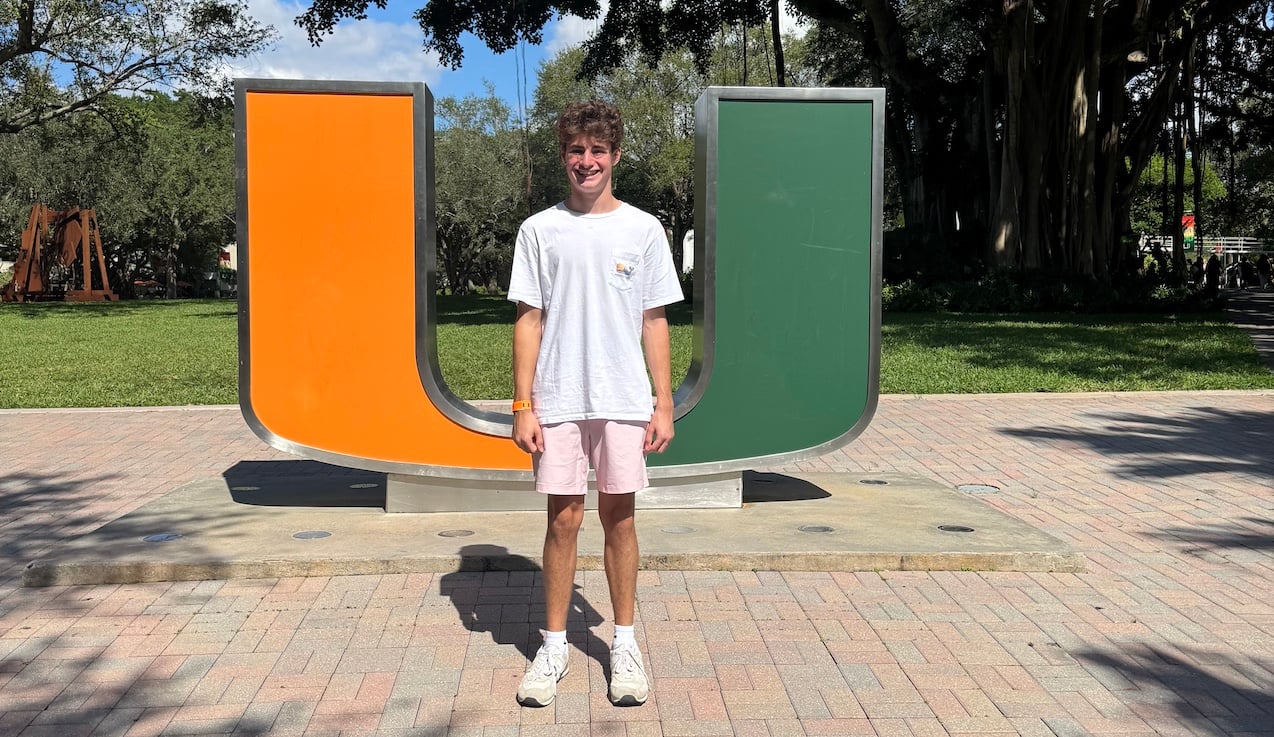More than ever, colleges are waitlisting a significant portion of their applicant pools. This is a safety net in case they do not meet their enrollment goals. As a former dean of admissions, there is nothing riskier to job security than an under-enrolled freshman class. But some colleges are taking the waitlist too far and are using it as a catch-all abyss.
Last year the University of Michigan placed 11,094 students on the waitlist and ultimately admitted only 468 students from this list. Being waitlisted means that a student's chances of admission are technically still alive. But not everyone has a shot. Here are the top seven things that increase your chances of admission:
1. The student MUST accept their spot on the waitlist.
If the student is unresponsive to the waitlist offer, they will NOT be considered for admission even if there is space and they are highly qualified. Just to contextualize this, out of the 11,094 students the University of Michigan waitlisted last year, only 4,109 students accepted a spot.
2. Visit if you haven't been to campus yet.
Many colleges waitlist high-achieving students if they never visited campus. Visiting as a waitlisted student takes a lot of delicacy, though. Students cannot expect that an admissions officer will offer or want to meet with them while they are there. I tell my students to send a gentle email to their admissions officer letting them know they plan to visit on "x" day. The student can state in the email that they know how busy they must be, but if they're available, they would love the chance to just say hello. Don't expect anything more than that as admissions officers like to keep their distance from waitlisted students before they know if the waitlist will be used that year.
3. Follow up with the admissions officer by sending an impassioned and purposeful letter of intent about why you would like to attend their institution.
Send this by mid-April as waitlist activity begins at the end of April and early May at most colleges. If you feel strongly, state in the letter that you plan to enroll if admitted.
4. Deposit at another college to reserve a spot in a freshman class.
5. Get your school to back you up!
Have your college counselor reach out to the college on your behalf. They can find out more details about the waitlist and your candidacy. They can also put in a good word for you. And consider asking your principal or head of school to write you an extra letter of recommendation. They tend to be exceptional letter-writers and often go to bat for kids they believe in.
"One secret to getting off the #waitlist? Get a little help from your school." TWEET THIS
6. Understand that many colleges, even need blind colleges, favor full-pay students on the waitlist.
In other words, if you can afford to pay the full amount of tuition you tend to have a better chance of getting admitted off the waitlist. That being said, some of these colleges are not in a position to only respond to full-pay students and may need to admit students who will need financial aid. The landscape has changed. Very few families can pay the full amount these days.
7. Most colleges pre-qualify a student before they admit them off the waitlist.
Pre-qualification means that someone from the college will reach out to a student they are considering on the waitlist. The reason behind this approach is to gauge the student's excitement and interest. If the student responds emphatically and immediately that they would enroll if admitted, their chances of admission increase significantly. So be ready for the phone call or email from the college that waitlisted you.
Colleges are shockingly judicious about who they admit off the waitlist. They are keeping tabs on their admit rate, yield rate, average test scores, and financial aid budget. In the end, they want to admit a student who they believe will enroll because there is too much at stake for them to settle for anything less.












